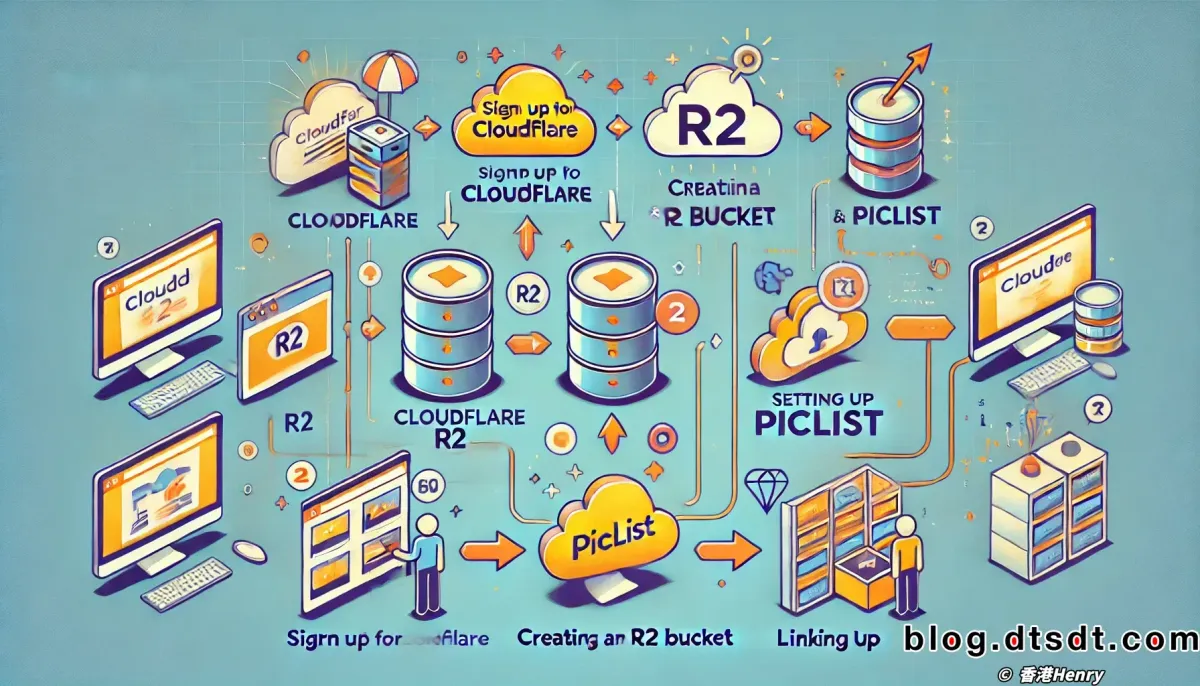type
status
date
progress
slug
summary
tags
category
password
URL
icon

Detailed Steps to Rent a U.S. Address on Anytime Mailbox
Sign up through the official referral link to receive a $10 Amazon gift card.
Uses of Renting a U.S. Address
- When registering a company in the U.S., a real U.S. address is required as the company’s legal registered address. This address is used for receiving government correspondence, legal documents, and other important communications.
- Applying for U.S. bank accounts and credit cards usually requires a U.S. domestic address. Having a real U.S. address can help individuals or businesses successfully complete these financial transactions.
- For consumers who enjoy shopping in the U.S., renting a U.S. address allows them to receive online shopping goods. Many online retailers do not offer international shipping, so renting an address allows you to use forwarding services to send parcels to your home country.

- Renting a private address instead of using your home address can effectively protect your privacy, avoiding the disclosure of your real address when shopping online.
- Address service providers usually offer additional services such as mail scanning, parcel forwarding, and check receiving, which can enhance the convenience and flexibility of using the address.
- Different states have different legal requirements for registered addresses; renting an address that complies with local laws ensures the legality and compliance of your business.

Renting a U.S. address allows individuals and businesses to more easily conduct cross-border activities, protect privacy, and access various value-added services. It is most commonly used for receiving mail, overseas shopping, applying for U.S. credit cards, and receiving IRS mail.
Security of the Address
Privacy Protection: Many service providers promise high levels of privacy protection, ensuring the safety of customers’ mail and parcels. Generally, service providers have dedicated personnel responsible for receiving and distributing mail, ensuring the confidentiality of information.
Legality and Compliance: Using a U.S. address for certain activities (such as applying for bank accounts or credit cards) is legal, but it’s crucial to ensure that the address used complies with relevant laws and regulations. Some service providers require the completion of USPS Form 1583 for identity verification, which is also a security measure.
Address Verification: When choosing an address, make sure it’s a residential address rather than a commercial one, as this makes it easier to pass the verification process when applying for bank accounts. Address verification tools can be used to confirm the type of address.

The security of renting a U.S. address is relatively high, especially when choosing a reputable service provider and taking necessary privacy protection measures.
Selecting an Address
When selecting an address, it’s essential to consider your specific needs comprehensively to find the most suitable U.S. address.
Different address service providers offer various prices and services, so choose the provider that best meets your needs. Anytime Mailbox provides a variety of address options and packages, with relatively affordable prices and a wide selection. This tutorial also provides a detailed application process specifically for Anytime Mailbox.

To determine whether an address is a commercial address, you can use the following two tools to verify. The first tool is USPS postal verification. After meeting the first requirement, you should use Smartystreets for a second, more detailed check before placing an order.
Choose a private residential address (non-commercial address) to facilitate applying for bank accounts and credit cards.
U.S. Address Structure and Classification
1. Structure of a U.S. Address

A U.S. address usually consists of the following parts:
- House or Suite Number (if applicable)
- Street Name and Number
- City Name
- State Abbreviation
- Postal Code
For example:
2. Classification of U.S. Addresses
U.S. addresses are primarily divided into two categories: Residential Address and Commercial Address.
Residential Address
A residential address is located in a residential area, usually a single-family house or an apartment. This type of address is typically used for personal mail and parcels. When applying for credit cards, banks usually require a residential address for approval.
Commercial Address
A commercial address is located in a commercial area, usually a shop, office, or factory. This type of address is typically used for business registration, opening bank accounts, and other commercial purposes.
How to Distinguish Address Types
You can distinguish whether an address is residential or commercial by using the following methods:
Use an address verification tool to differentiate between residential and commercial addresses.
RDI (Residential Delivery Indicator) should show "Residential,"
CMRA (Commercial Mail Receiving Agency) generally should be "N."

Check the USPS (United States Postal Service) address verification results, but be aware that this verification may not always be accurate and might mistakenly classify commercial addresses as residential. USPS verification link👇
After checking with USPS, if everything seems fine, verify the address again using Smartystreets for more detailed accuracy. This service is usually more precise, and double-checking minimizes the chances of issues. Link👇
Be aware that excessive queries on Smartystreets may incur a fee, so it’s advisable to first verify with USPS and then use Smartystreets for a second check.
Use Google Maps to view the street view of the address; this allows you to visually determine the nature of the address.
Using Google Maps allows you to confirm whether the address belongs to a residential building.
Conclusion:
If USPS verification fails to confirm that it is a residential address, use Smartystreets or Google Maps for further validation. You can combine verification methods to confirm the nature of the address.
U.S. Address Structure
U.S. addresses are usually divided into five parts: house number, street name, city name, state abbreviation, and postal code.
Example:
Anytime Mailbox Application Process
Step 1: Choose Your Address
Visit Anytime Mailbox’s official website and browse the various U.S. address options provided. You can filter by state and city to find an address that best suits your needs.
Step 2: Review the Services Offered
Once you’ve selected an address, review the services that come with it, such as mail scanning, forwarding, and package storage. Make sure the services meet your requirements.
Step 3: Choose a Plan
Select a plan based on your expected usage. Most providers offer different tiers, ranging from basic mail receipt and scanning to full-service mail management with unlimited storage.
Step 4: Complete Your Application
Fill out the required information, including your name, contact information, and payment details. You may also be required to submit USPS Form 1583 for identity verification.
Step 5: Start Using Your New U.S. Address
Once your application is approved, you’ll be assigned a U.S. address. You can start using it for receiving mail, applying for U.S. credit cards, or any other needs you may have.
After renting the U.S. address, remember to configure email notifications in Anytime Mailbox’s backend to receive alerts about new mail and parcel arrivals.
Step 6: Configure Notification Settings
Log in to your Anytime Mailbox account and set up your email notifications to stay informed about new mail and parcels.
上一篇
Hong Kong Zircon Securities Account Opening Promotion Strategy 2024
下一篇
2024 Hong Kong Computer and Communications Festival
- Author:HK_Henry
- URL:http://hkhenry.com/en/offshore-accounts/amercan-rental-residential-address-anytimemailbox
- Copyright:All articles in this blog, except for special statements, adopt BY-NC-SA agreement. Please indicate the source!


















